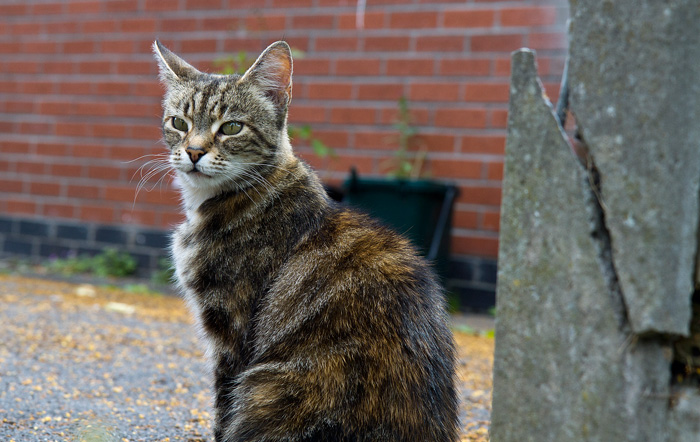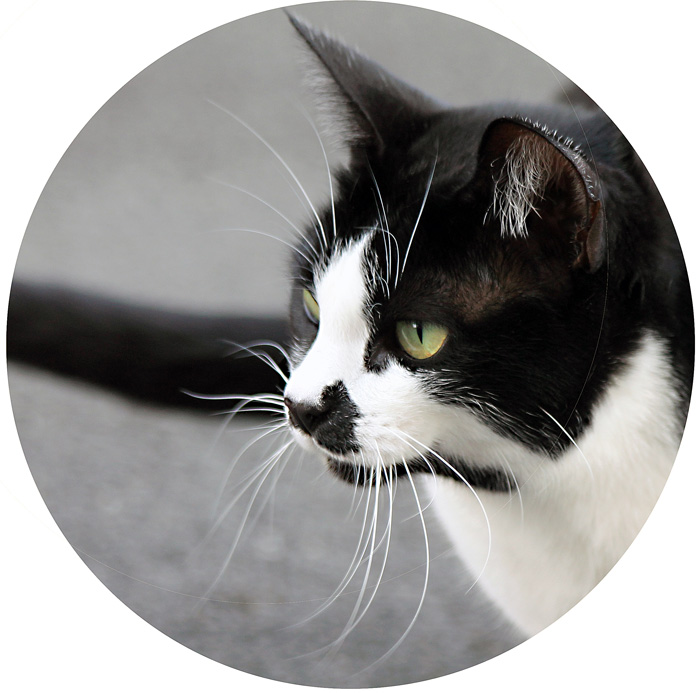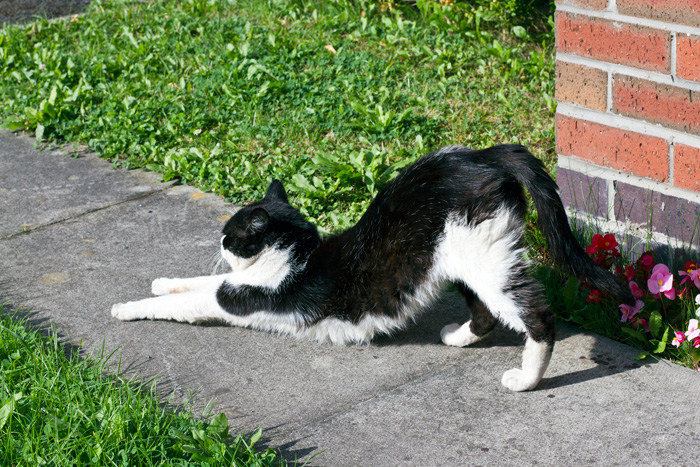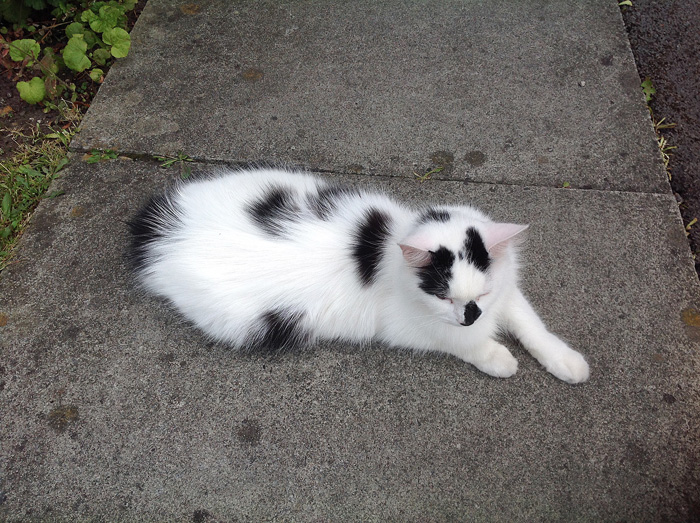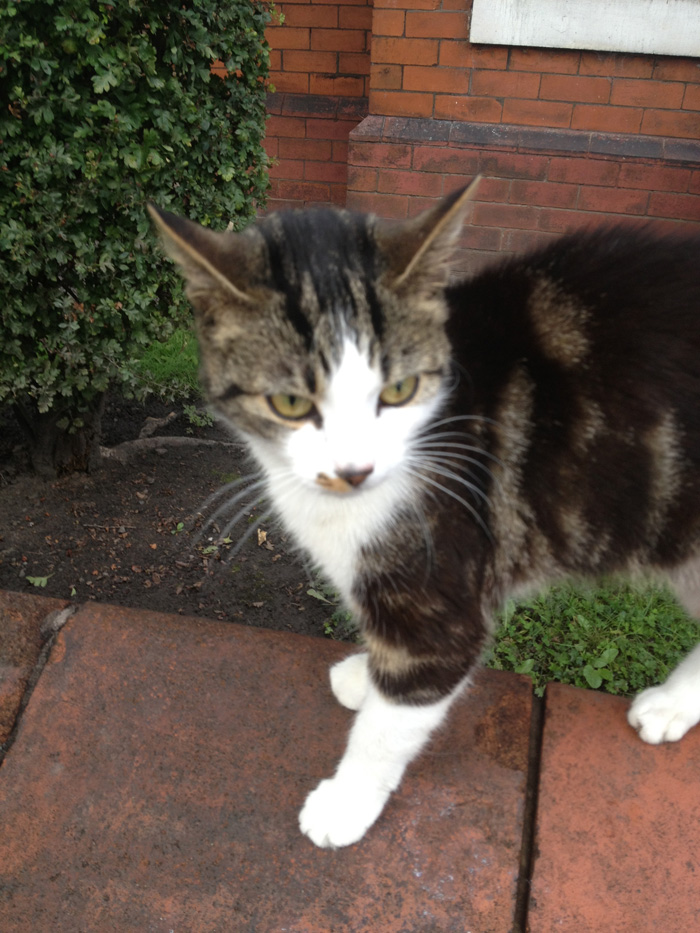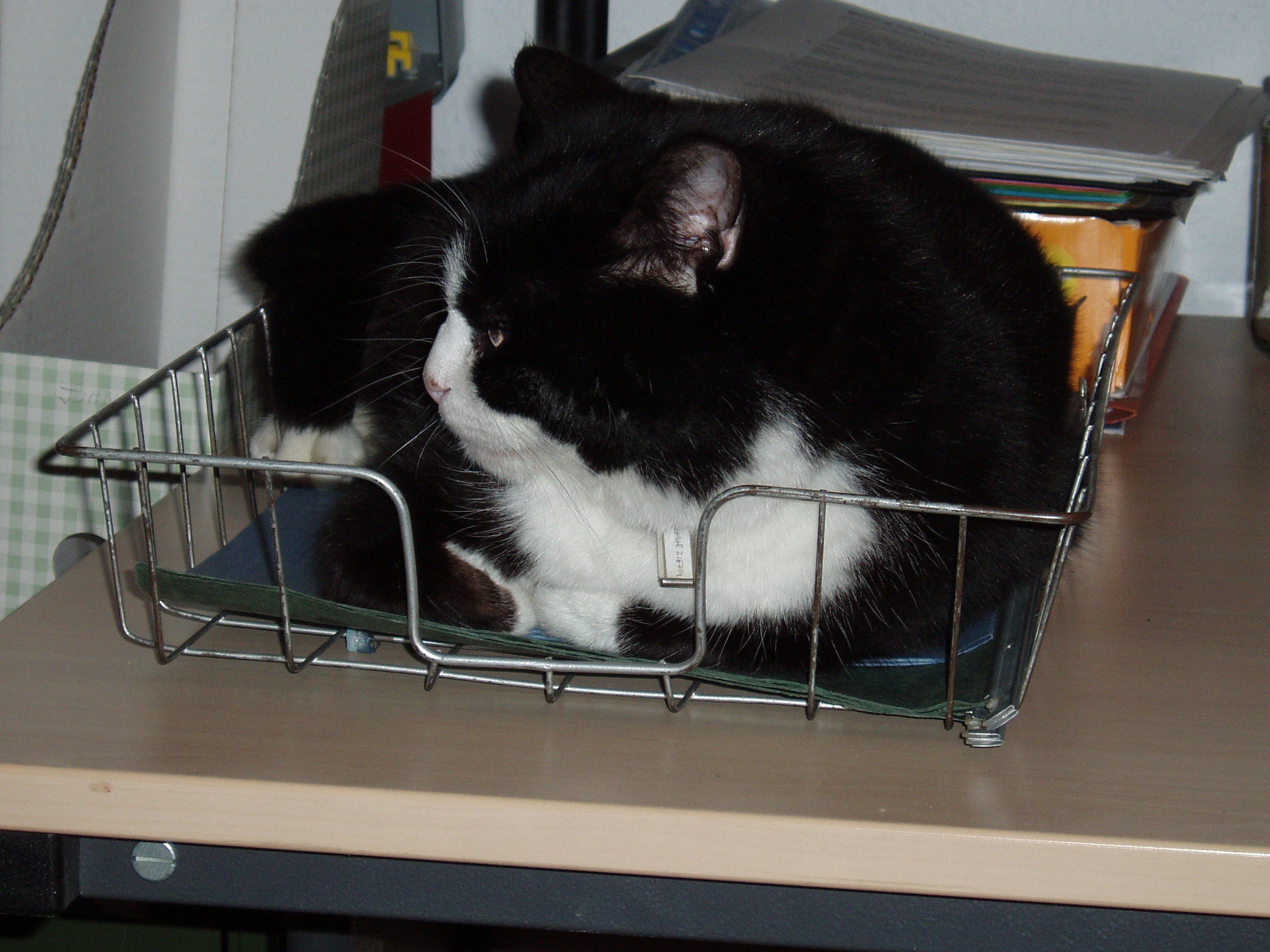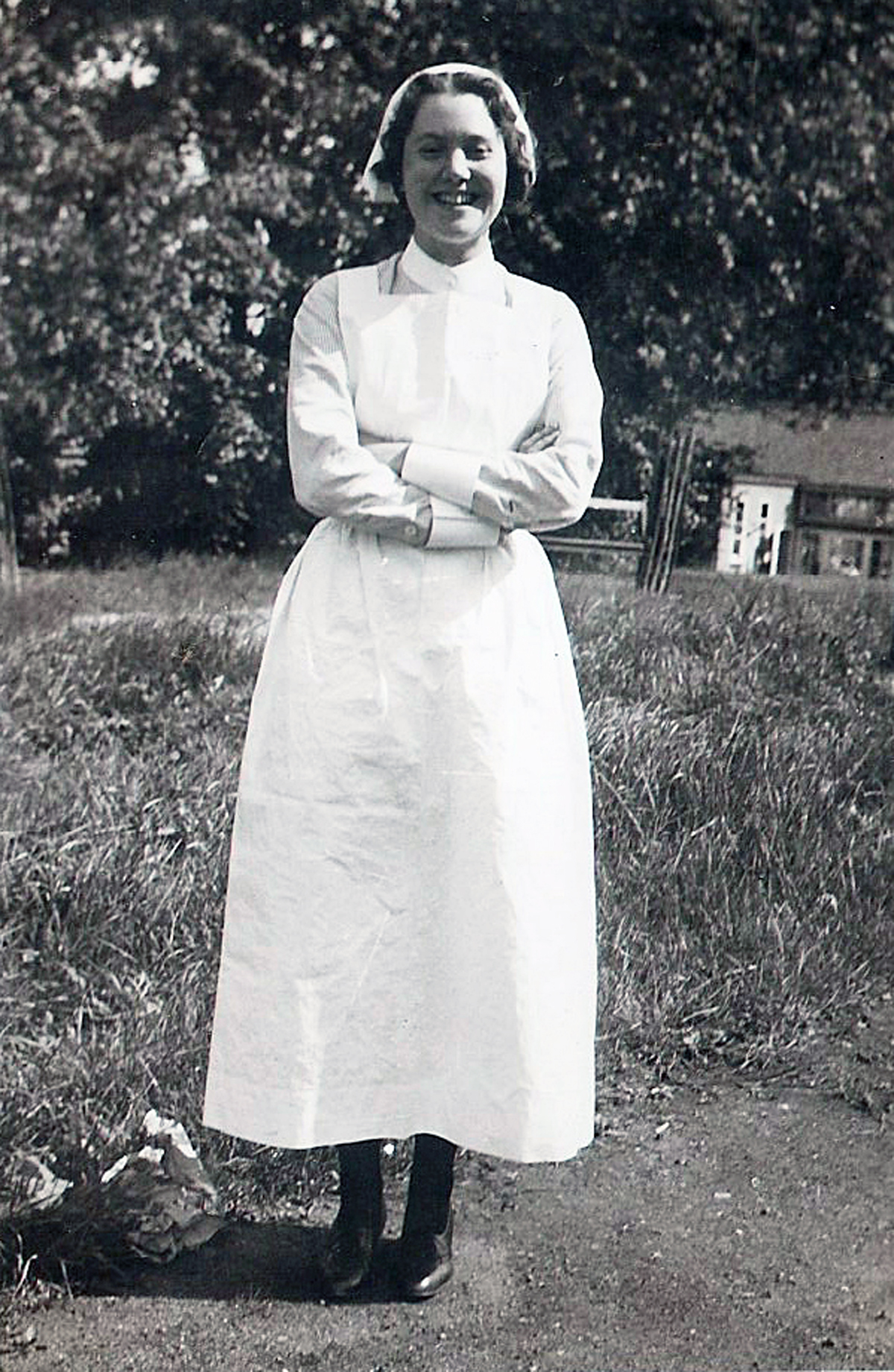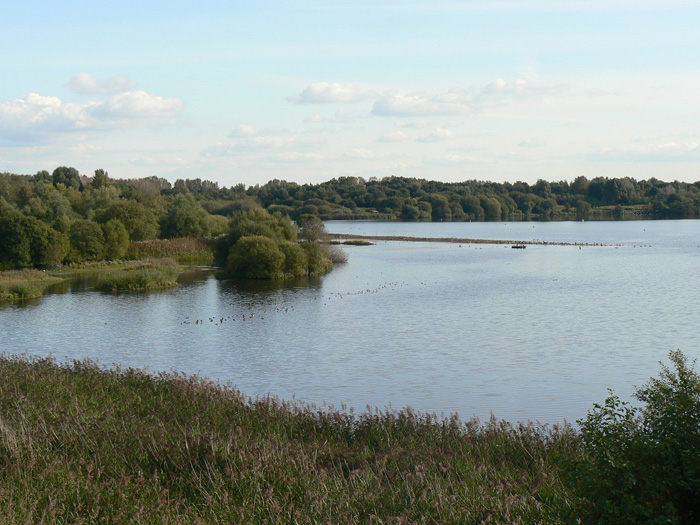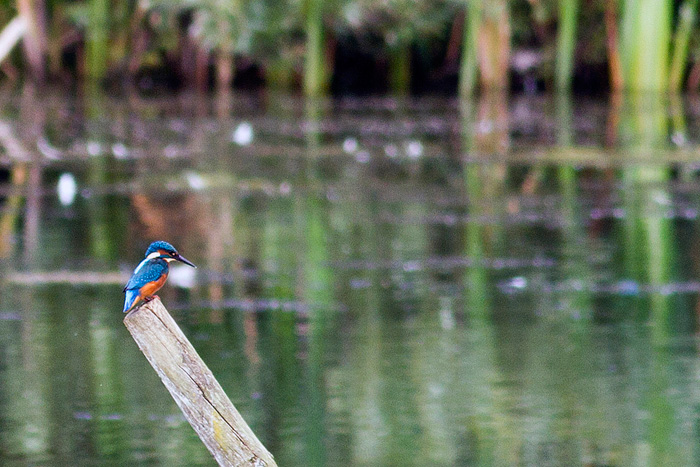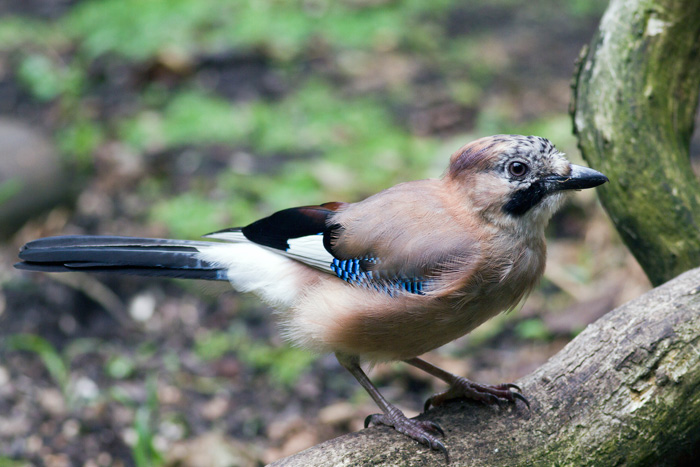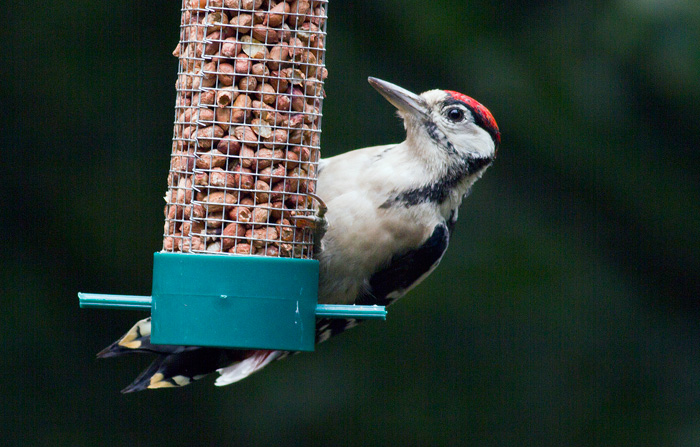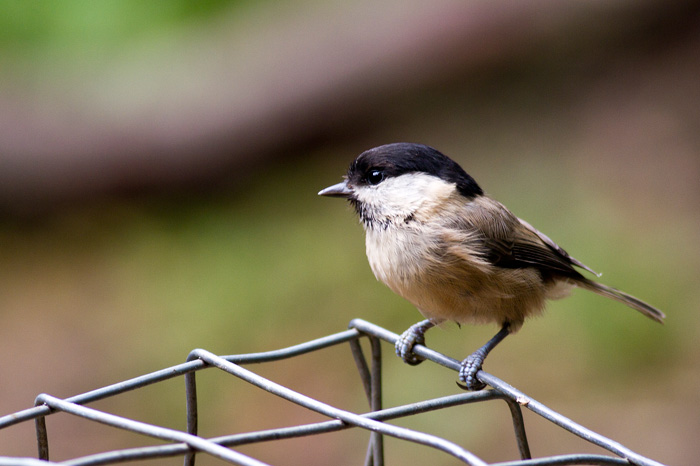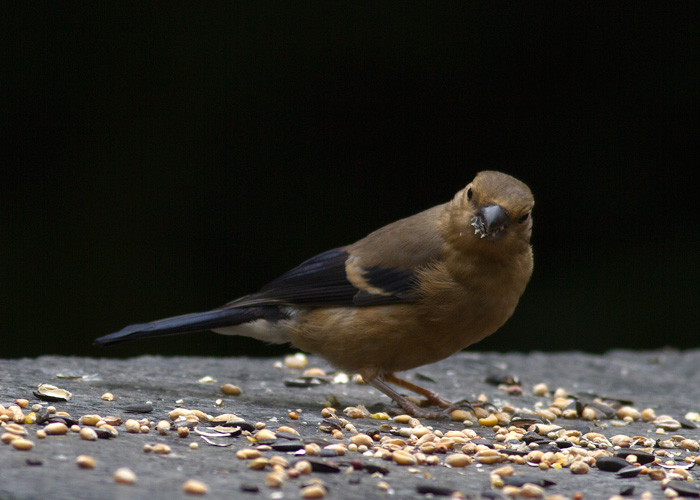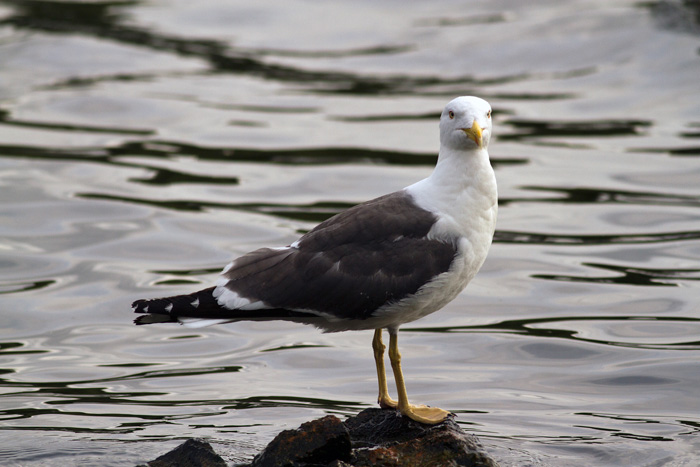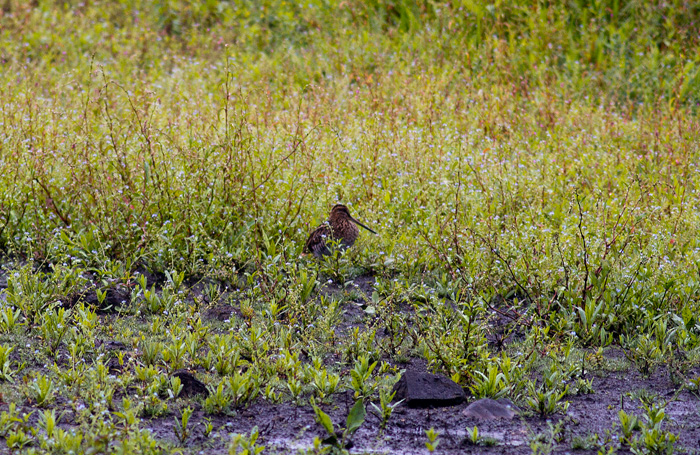Click on any image for slideshow; read on below for text.
Now that I am blogging again someone I know is going to get stroppy and soon if we don’t get some cats on board pdq. So to forestall ructions in the neighbourhood I thought I’d introduce some of the key players in the house #1 local cat community.
First is the Maga. Named after a character in Julio Cortázar’s brilliant hypertextual novel Rayuela (in English, Hopscotch), she comes first because of all the living cats we have had her the longest. We call her ‘Majestic Maga’ because she has dignity, is unhurried and always contrives to sit neatly and demurely. She also has the rather charming habit of announcing her presence when she enters a room, so that those in attendance can make their bow or curtsey and due obeisance. She is however not all she seems; as a vey young cat she was a stop out and gymslip mother, before being taken into care. We shall have more to say about Maga.
Matti came from the same rescue centre, and indeed was born there so has never known anything other than love and cuddles. Indeed, she is something of a love machine and is never happier than when sitting on top of you (or the piece of paper you’re trying to work with) demanding to have her tummy scratched. She is also the cleanest cat in Christendom (if one is allowed to say that in these PC days). When not hassling, eating or washing she sleeps and it seems that sleeping makes her tired because she has the most incredible facility for it. When asleep she sprawls in the most unladylike manner.
The Baticat has nothing to do with bats or Batman, rather he is a batty cat, doolally, three olives short of a pizza, the lift doesn’t go to the top floor type of cat. He first came into our lives appearing once in a while and howling in a deranged manner outside our front door: the filthiest, mankiest cat imaginable. Clearly he was homeless and long overdue for a service; definitely a suitable case for treatment. F has taken him in hand, showering him with love and affection, feeding him proper food and brushing him regularly. He has responded well and his coat has improved enormously; he now howls outside the back door but is allowed in (he doesn’t understand the cat flap thing) at feeding time and is looking much better. Still completely batty though.
The cat we know as Fluffy White lives in a neighbour’s house and we don’t know too much about him (or even if he is a ‘him’). He appears periodically to show an insouciant disinterest in us, ignores our food and occasionally hisses at Maga and Matti. Maga hisses back – Matti doesn’t understand aggression at all. Fluffy White is feared by the children in the Close, who claims that he’s a biter; I can vouch for this, having been bitten myself. Nevertheless, he is a bona fide member of the Tagore cat community.
Jinxie is (or, we think was) a beautiful black cat who also lived a few doors down and had the loveliest disposition; always cheerful, always ready for a rub or a tickle, and not unknown to enter the house when he felt like it (and somewhat disinclined to leave it when asked). He was a good community spirited cat, but we feel he may have moved away and we haven’t seen him for several months now. People in the Close do come and go, and so, presumably, will their cats.
The last cat currently around is Missy. Missy lives outside the Close, and we feel doesn’t get much love from her owners. She has taken to F and appears for breakfast each day but strangely Maga will not allow her anywhere near the house so she is fed in next-door but one’s garden. This is odd, because Maga is fairly passive to visiting cats and quite indifferent to the Baticat, no doubt aware of his restricted intellect. Missy is an adventurous cat and has been seen all around the neighbourhood; one feels she doesn’t have much of a home life.
Well, that’ll do as an introduction. We shall continue the adventures of the Tagore cats in future episodes, and no doubt talk of other cats of the past such as the legendary Gino, the historic Mitten and perhaps Morgan, who really was a suitable case for treatment. And there are other cats in house #2, in Patagonia, who miaow in a different tongue and about whom there are also tales to be told. But all in good time.
